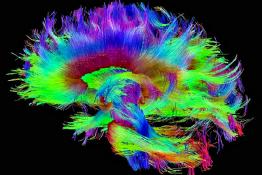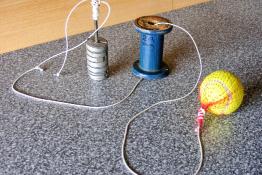When more of A doesn't result in more of B: physics experiments with a surprising outcome
Issue 363 | Page 94 | Published Dec 2016
Description
Science education research has shown that students use causal reasoning, particularly the model'agent instrument object', to explain or predict the outcome of many natural situations. Students' reasoning seems to be based on a small set of few intuitive rules. One of these rules quantitatively correlates the outcome of an experiment with the characteristics of objects involved, suggesting that an increase in one quantity should bring about an increase in a related quantity. In this article we present and discuss five simple experiments to engage students and illustrate that an increase in one property doesn't always lead to an increase in another.
More from this issue
This article describes the development of a lesson sequence that supports secondary- level students to construct an explanatory model for...
The research questions a teacher would ask of neuroscience require answers researched within a typical classroom context. Unfortunately this...
Inspired by the inclusion of a British astronaut on the International Space Station, explanations and demonstrations that lead to an understanding...




